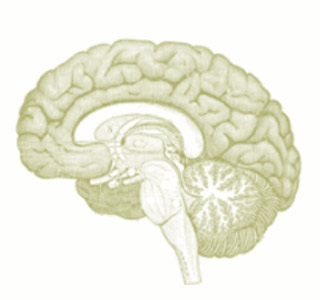
For the purpose of this study, the experts were stated to have examined around 23 subjects. All of these subjects were believed to be scanned through functional magnetic resonance imaging (fMRI). This technique seemingly aided these experts in perceiving real-time changes which took place in the brain of these subjects while they assessed difficult multi-outcome lotteries.
“What sort of strategy people tended to use could be predicted, surprisingly, by how their brain responded to rewards: if there were large responses to monetary reward in a brain area called the ventral striatum, that person tended to simplify decision problems to only consider winning or losing,†explains senior author, Scott Huettel, PhD, co-director of the Duke Center for Neuroeconomic Studies.
“This could lead to many real-world benefits: designing more effective interventions or creating more useful educational material,†continues Huettel.
Evidently, an analysis of the fMRI brain scans was presumed to have revealed that the lateral prefrontal cortex or the area related with “rational†thinking seemed to be more active under certain circumstances.
Lead author Vinod Venkatraman, Department of Psychology and Neuroscience, Duke, says that, “This result suggests that it was the type of computation that the participants were doing at any given time that activates a brain region, not whether the thought process is rational or irrational.â€
The study findings seemed to question the previously believed norm that the brain may consist of “rational†and “irrational†regions.
This study was published online in Neuron.
